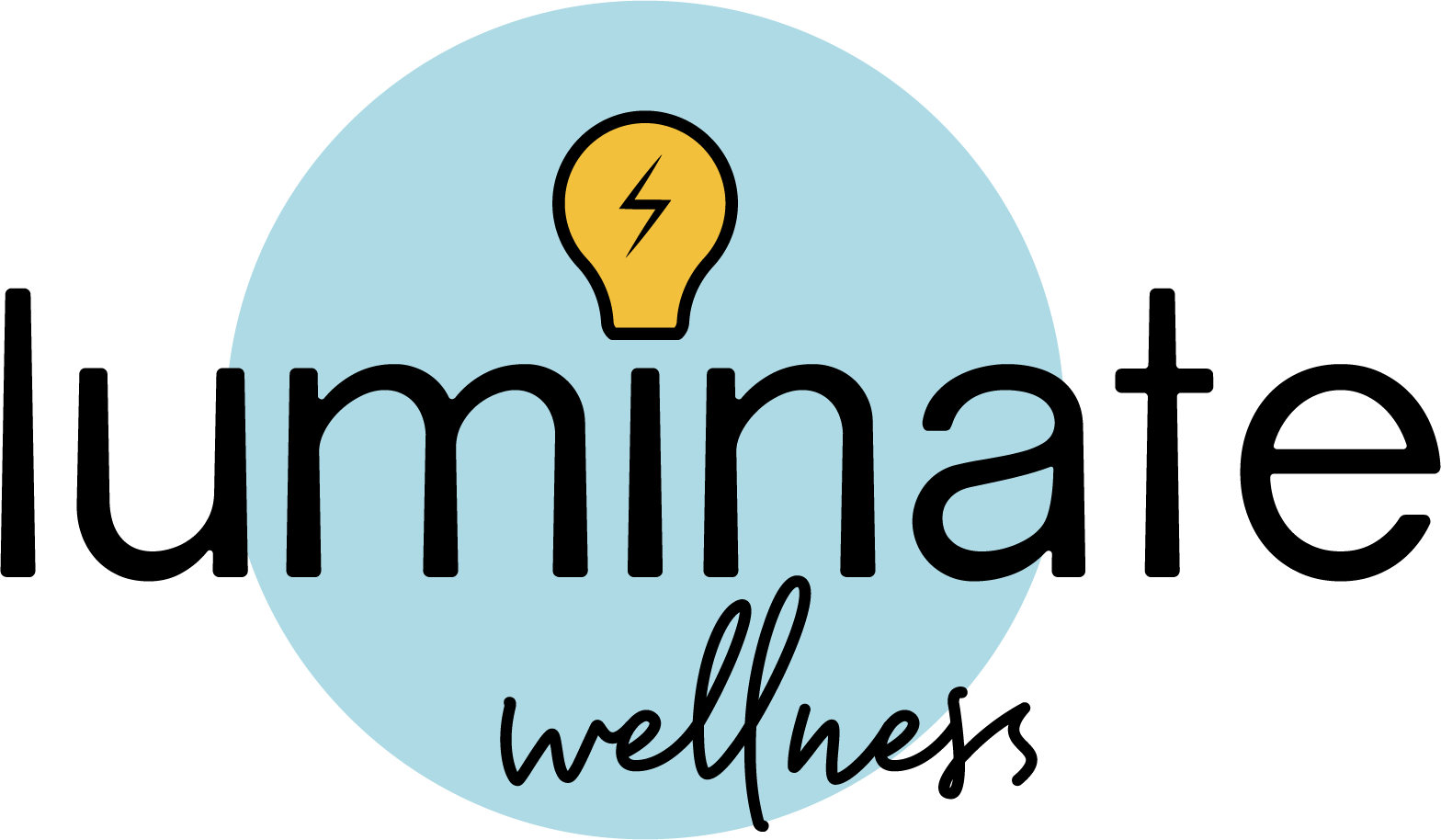The Discomfort of Uncertainty
Self-Care for Employees Begins with Good Leadership
Join me for this 6-part article series where I cover some important points for leaders to be aware of when supporting the well-being of employees. If you are not a leader, you can apply these ideas to your own life.
Let’s admit it, things have been tough over the last few years. The pandemic brought up profound uncertainty for so many of us, and of course workplaces have been impacted.
Over the first couple years of the pandemic, I was asked by several organization to run workshops for their staff on the topic of well-being and self-care. Understandably so, everyone was struggling. Since the topic of well-being and mental health is in my wheelhouse, it was easy for me to put something together. I said yes.
The thing is… if I could time travel back to that tumultuous stage of the pandemic, I don’t think I would have agreed to those projects. Or I would have included a caveat—I will lead a self-care workshop if I can work with the leadership and management teams first. It’s easy to put the onus of staff well-being on the employees themselves, but really it must begin with the management and culture of the organization.
Sure, yoga, mindfulness, teambuilding activities, and other such initiatives for employees can be beneficial. However, wellness programs like that are always bonuses. Something that may be less obvious is that employee wellness is contingent on the management and leadership styles and the values and priorities of the organization. Someone might get a little relief from their anxiety by signing up for a lunchtime yoga session, but it’s just a band-aid if they are constantly feeling micromanaged and unseen by their supervisors.
It is essential that in any workplace, leadership is aware of the following concepts when building a healthy workplace culture:
The discomfort of uncertainty
Everyone has bias and judgment; how do we recognize when it’s getting in the way of supporting employees?
Self-determination theory
Leading with a trauma-informed lens
Connection: feeling seen and heard–knowing and feeling known by others
Aligning leadership with core values
Be aware of the discomfort of uncertainty.
In this article, I will focus on uncertainty. I will cover the other above points in future articles in this series.
The brain’s primary function is survival. To the brain not knowing feels like a threat to survival.
The brain will do anything to stop feeling uncertain.
Uncertainty causes the sympathetic nervous system to engage, and stress hormones pump through the body. The stress of uncertainty can be more uncomfortable than actual physical pain.
In the Lab of Misfits blogpost Your Fear of Uncertainty Can Disempower You, neuroscientist Beau Lotto says that people are more likely to feel disempowered when they are uncertain. He explains that disempowerment also affects our perceptions: “So … what happens to your brain when it perceives itself to be disempowered? Ignorance, gullibility, delusion and even anger can ensue.”
The workplace is always loaded with uncertainty, and some of that uncertainty is unavoidable. However, the pandemic, and inflation has moved uncertainty into overdrive, and people have been struggling.
What can we do about that in our workplaces?
As humans, it is essential to have some certainty and predictability amongst the chaos of uncertainty. We need some things we can count and rely on to build up some tolerance to meet uncertainty without falling apart. Certainty can come in the form of connection, routine, fun at work, spending time on hobbies at home, self-care practices, intrinsic motivation, and alignment with organizational and personal values.
ACTION: Consider developing some practices in your workplace that creates certainty.
Here’s the rub: Human beings actually NEED a certain amount of uncertainty.
We all desire to feel good. When we are very focused on chasing our desires for the best in life, our tolerance for discomfort and uncertainty shrinks a little. Yet, sitting in is 100% essential to growth. There’s just no possible way around it. Avoiding discomfort essentially keeps us stuck in the status quo.
Harnessing uncertainty (in the safest way possible) creates the opportunity for possibility, innovation, and creativity.
In a way, if everything is certain and predictable all the time there’s no perceived need to change anything. Whether we see that or not, intolerance to uncertainty keeps us stuck. There’s a lack of freedom when things are too predictable. All innovation and creativity involves risk. And all risk is uncertain. One of the reasons that adventure is so fun is that it’s uncertain, and we can feel invigorated when we step into the unknown! However, an adventure can turn into a nightmare if we don’t feel safe.
Safety and some certainty are necessary ingredients to adventure.
As leaders we must understand that employees must feel emotionally regulated to experience the benefits of uncertainty. Otherwise, uncertainty can send our nervous systems in a spiral.
ACTION: Where can we get innovative and creative in our organization? How do we create a sense of safety and certainty with our employees so that they can step into the adventure of uncertainty?
In the next articles in this series, I am going to cover some things we can do as leaders to create a sense of safety for employees. Make sure to join my mailing list so you can follow along with the topics below:
Everyone has bias and judgment; how do we recognize when it’s getting in the way of supporting employees?
Self-determination theory
Leading with a trauma-informed lens
Connection: feeling seen and heard–knowing and feeling known by others
Aligning leadership with core values
Jenn Cusick is available to work with your leadership teams to support employee’s well-being in your organization. Contact Jenn to learn more.

